Mining Dependence or Strategic Design?
Mining Dependence or Strategic Design?
By Mehmet Enes Beşer
China–ASEAN mineral trade has developed over the past two decades as one of the most strategically important but least appreciated pillars of regional economic integration. Although efforts have been made in electronics, textiles, and infrastructure development through the Belt and Road Initiative (BRI), extraction and international trade in mineral resources—nickel, bauxite, rare earth, copper, tin, etc.—are the material basis on which these industries rest. Not just geology or market demand triggers this increasingly complex commerce, but a deeper interaction of political economy, supply chain reorientation, uneven regulatory contexts, and geo-industrial thrust.
In a very basic sense, physical geography of resource distribution is the context. ASEAN countries are capacity-poor industrially and mineral-rich, whereas China is technology-dense and resource-scarce. Indonesia and the Philippines have regional nickel production under control, Laos and Myanmar produce tin and rare earth, and Malaysia and Vietnam are the major producers of bauxite. China is, in turn, the globe’s largest processor and consumer of these raw materials, directing them into solar panels, electric vehicles, high-speed rail, and digital infrastructure—sectors that are at the heart of its green growth vision and global manufacturing dominance.
This asymmetry in endowments explains much of the trade escalation, but only to a partial extent. More significant, though, is how national industrial policies have evolved to pin such flows in place. China’s “Made in China 2025” plan and following Five-Year Plans have continued to take center stage in winning upstream access to strategic minerals. This has been communicated as privileged lending for foreign mining investment, equity investment in ASEAN-headquartered-based resource companies, and long-term offtake agreements bundled in large-scale infrastructure transactions. Chinese state firms have thus become preeminent in Indonesian nickel smelting, Laotian copper extraction, and Myanmar tin production-even during political unrest or environmental protest.
The incentives are structural as well for ASEAN countries. Exports of minerals are an easy source of foreign exchange, and several governments have come to rely on raw commodity trade to finance current account balances. But in more contemporary times, countries like the Philippines and Indonesia have attempted to transition from raw material exporters to value-added producers through resource nationalism and down streaming policies. Indonesia’s 2020 ban on raw nickel exports, for instance, aimed to force foreign companies, including Chinese investors, to set up processing facilities locally. The result has been Sulawesi and Kalimantan industrial park and smelter investment blowouts, many of which are now held by joint ventures between Chinese firms and their domestic partners. Technically, this should be technology transfer with employment generation on paper. Reality has been patchwork with environmental devastation issues, treatment of the employees, and fiscal flight complicating things further.
The regulatory and trade regime also determines the way this minerals exchange occurs. The ASEAN-China trade is regulated by the Regional Comprehensive Economic Partnership (RCEP), the ASEAN-China Free Trade Area (ACFTA), and a series of bilateral investment arrangements. They reduce tariffs, facilitate customs clearance, and offer protection to investors through the law. Yet they are also an unequal playing field: China’s policy coordination and regulatory sharpness in matters of industry too often have it poised to set the terms of interaction. ASEAN countries, by contrast, have diffused governments, ad hoc mining law, and poor capacity to patrol or implement environmental policies. This imbalance makes conceivable a system where minerals flow out, money flows in, yet development gains are meager.
ESG factors are increasingly influencing the direction of mineral trade flows. International consumers and investors are looking for cleaner, traceable, and more responsibly sourced minerals. This is inducing ASEAN countries to adopt new regulatory frameworks—such as Indonesia’s carbon intensity reporting on nickel or Malaysia’s approach towards sustainable bauxite mining. But ESG compliance remains very unbalanced, and Chinese purchasers have exhibited mixed levels of interest in adopting these standards, particularly when they are navigating private or secretive conduits. The absence of a regional “green minerals” certification regime has created the space that undermines ASEAN’s negotiating power in determining the terms of trade.
Interim geopolitical unpredictability is repricing. Whilst the United States and allies set up to “friend shore” supply chains and break away from Chinese strategic minerals, ASEAN is courted as source and ally in renewed geopolitics of alignment. ASEAN mining is being stimulated by investment from Japan, South Korea, the EU, and Australia as a way of balancing Chinese hegemony. This brings new bargaining leverage to ASEAN nations—but only if they are able to coordinate, regulate, and strategize as a unitary whole. As of now, the nation has lacked one policy voice for these make-or-break minerals, unable to perceive international value chains instead of being in the position simply to be able to provide them.
The green and digital transitions will only heighten these dynamics. Global demand for rare earths, lithium, cobalt, and nickel will quadruple by 2040. For China, securing mineral inputs is not an option—it is crucial to its vision of low-carbon industrial greatness. For ASEAN, the issue is whether mineral abundance can be leveraged to gain industrial sovereignty and environmental integrity—or whether it will reinforce the old extractive paradigm of low-value exports and environmental sacrifice.
There is still time to tip the scales. ASEAN’s exchange of minerals with China need not go the route of dependence. With consistent policy, smarter regulation, regional ESG standards, and negotiating power from strategic value, ASEAN can develop a more balanced and sustainable mineral economy. But it will require a change of mind—from viewing minerals as gushes of cash to viewing minerals as levers of long-term change. The mineral business is not just what is extracted from the earth. It is who gets to shape the future industrial terrain of Asia. And the map is being drawn today.


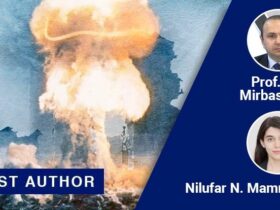
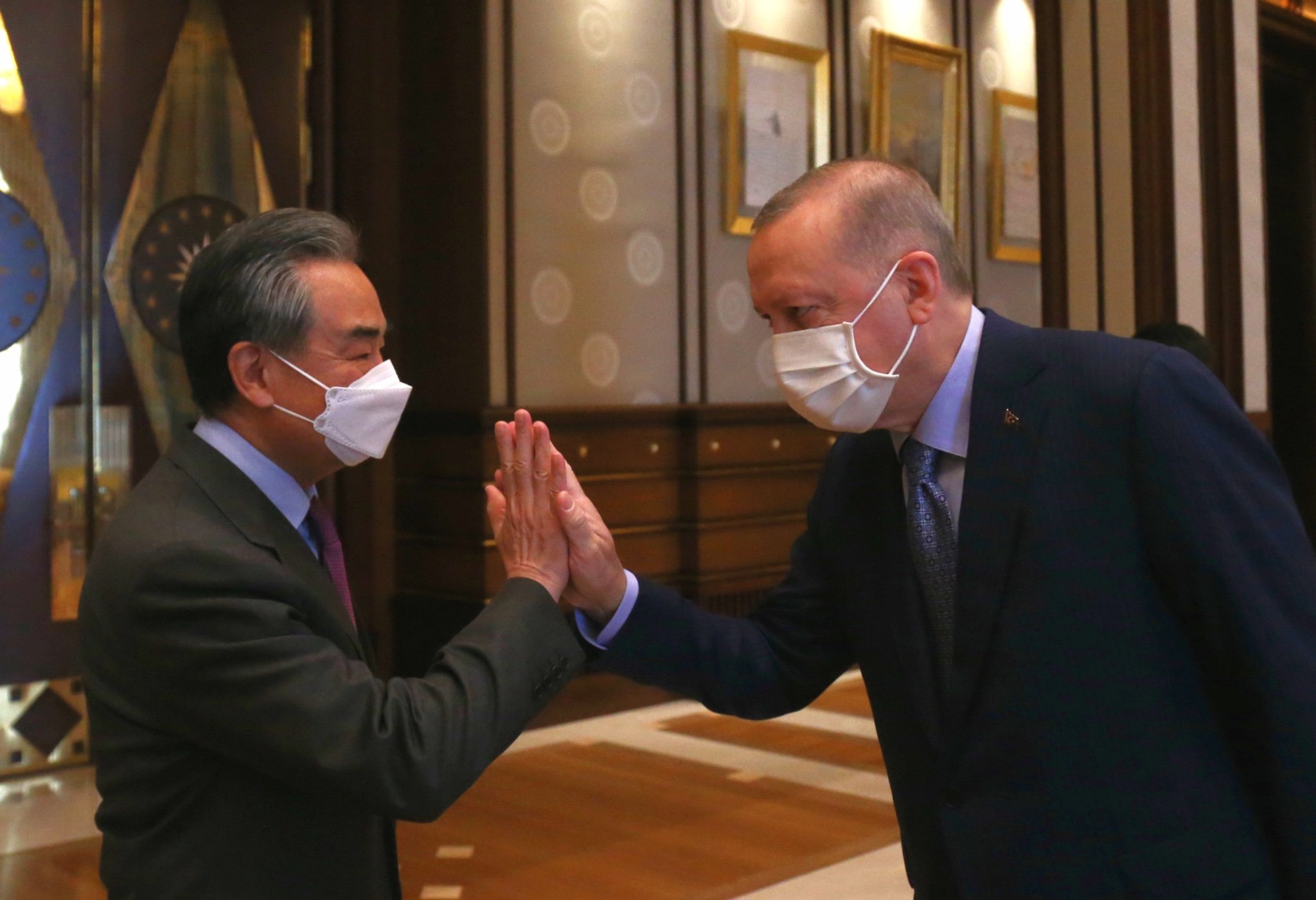



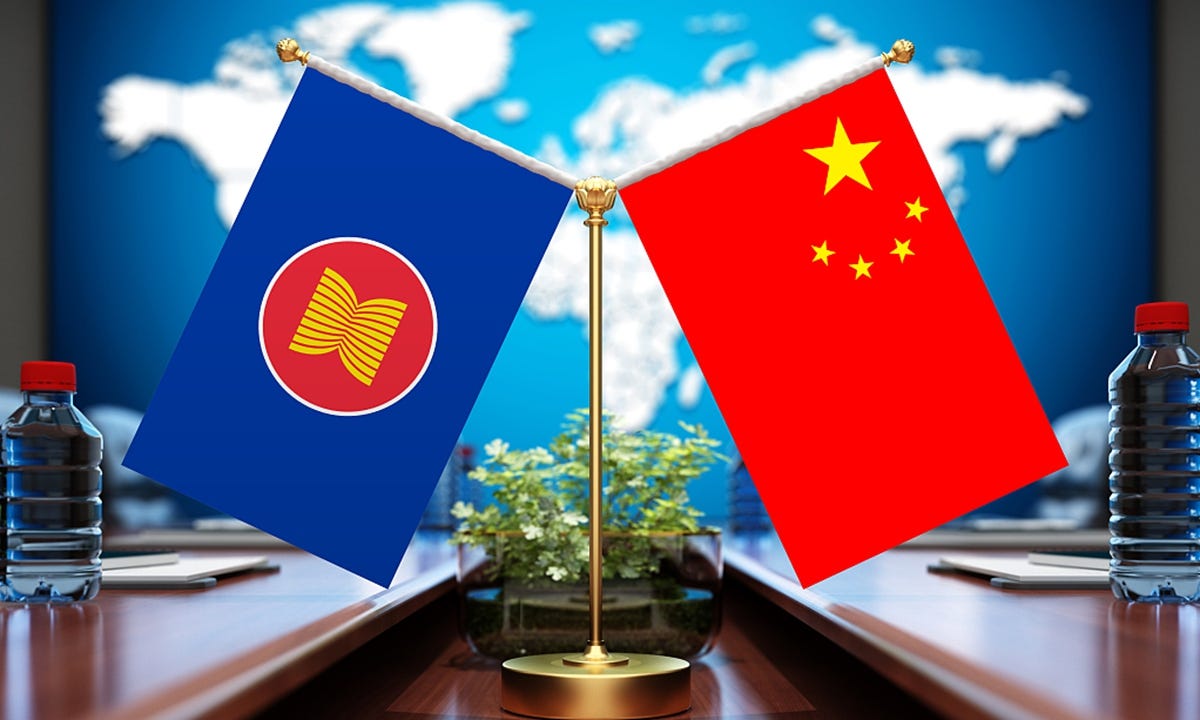
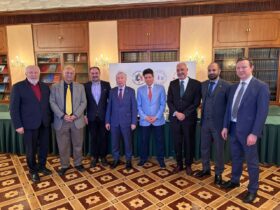
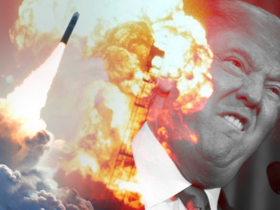
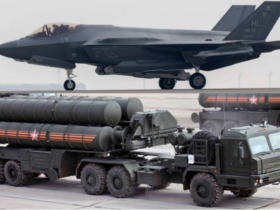


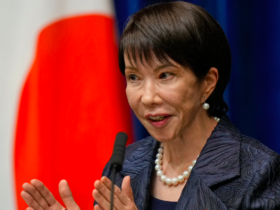
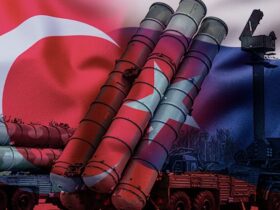
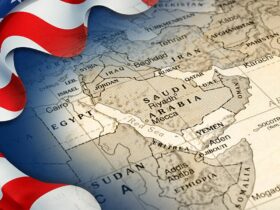
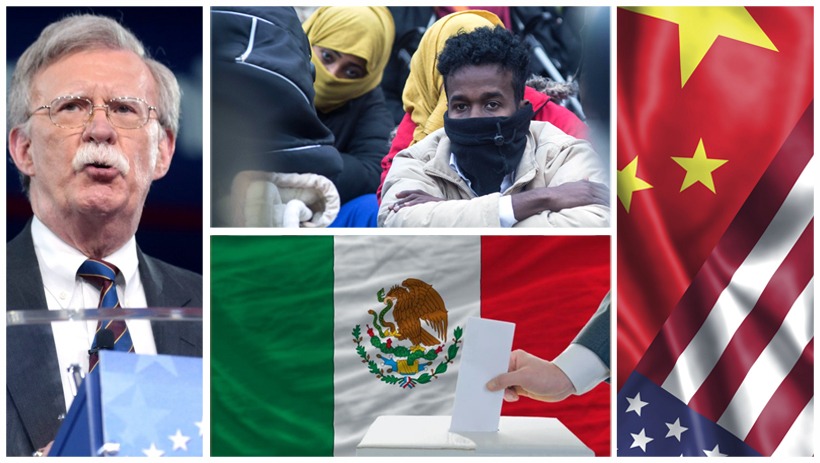
Leave a Reply